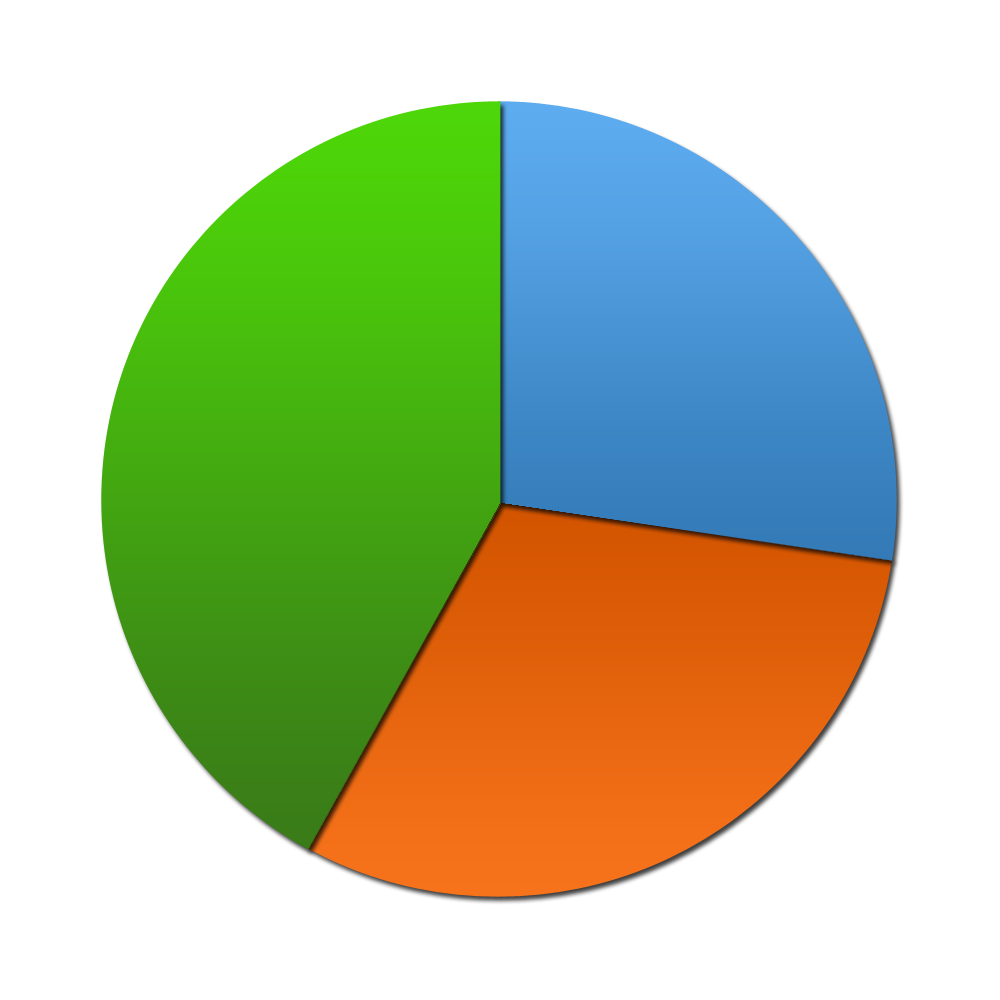Don't just meal plan... meal plan intelligently - with Meal Genius! Sign up for our free newsletter to get delicious recipes, sample meal plans and a whole lot more!
Corn
When you hear corn, it's likely to think GMO. Unfortunately, most of the corn grown in the U.S. is genetically modified.
Thought to have originated as a wild grass in Mexico and Central America, corn is generally yellow, white or bi-colored; other varieties range from blue or black to red.
Although corn is a true grain, it differs from other grains in that its kernels are larger and softer, and they can be eaten fresh or like a vegetable.
While corn is considered "gluten-free" and safe for people with Celiac disease, it does contain prolamins - peptides that can produce a negative immune response.
Glycemic Index=54
Glycemic Load=9
Antioxidant Score* (ORAC)=728 and 413
*Corn, sweet, yellow raw (728) and corn, sweet, yellow, packed in brine (413)
The Benefits
- Special diets: Gluten-Free Diet, Gluten-Free/Dairy-Free Diet, High Protein Diet, Low FODMAP Diet, Low Oxalate Diet, Pescetarian Diet, Vegetarian Diet
- Excellent Source of: Thiamin
- Good Source of: Fiber, Magnesium, Potassium, VitaminC, Folate, Niacin, Phosphorous, Manganese
- Preferences: No Fish, No Red Meat, No Pork, No Eggs, No Shellfish, No Nuts, No Soy, No Dairy, No Poultry, No Gluten, No Yeast, No Peanuts, No Molds, No Citrus, No Pseudograins, No Coconut, No Nightshade, No Legumes, Low Cholesterol, Low Fat, Low Sodium, Low Sugars, Low Saturated Fat
Related Foods
Related Nutrients
Selecting and Storing
Warm temperatures convert the sugar in the kernels into starch, so choose corn that has been kept cool. The husks should be tight and green and the kernels at the tip should be smaller (large kernels at the tip are a sign of overmaturity), but still plump.









